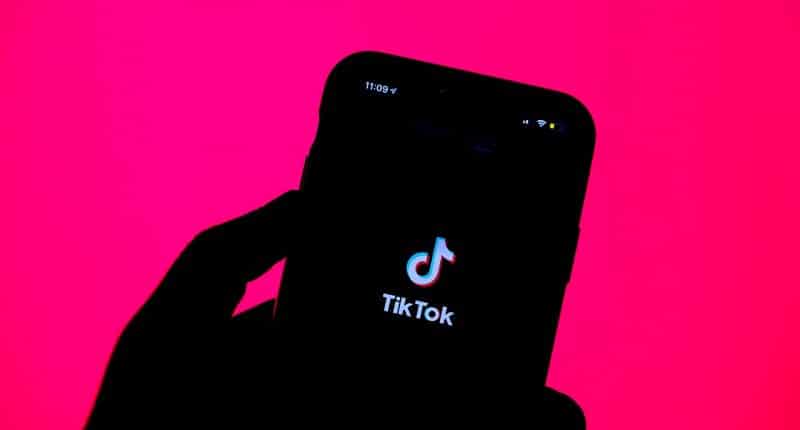In Q4 2022, TikTok became the second non-gaming app to reach over $6 billion in consumer spending. And now, TikTok has taken the crown of the first app to generate over $10 billion in consumer spending. The social media platform added more than $4 billion this year to achieve the milestone, with the year yet to complete.
It generated all of that money through virtual coins that users use to buy gifts on the short-form video app. These coins, available through in-app purchases (IAPs), are used by users to buy virtual gifts for content creators. In turn, creators can exchange these gifts for virtual diamonds and convert them into real currency. TikTok retains half the payout amount that goes to the creators. The most popular IAP, according to Data.ai (formerly AppAnnie), is the $19.99 bundle of 1,321 coins, constituting about a quarter of TikTok’s IAP revenue. One TikTok coin is worth around 1.5 cents.
The numbers drawn in for consumer spending display a 61% growth and mark a spot for the ByteDance-owned platform among the mobile apps that have surpassed $10 billion as their gross revenue. Candy Crush Aga, Honor of Kinds, Monster Strike and Clash of Clans sit at the top along with TikTok. Candy Crush Saga by Activision Blizzard remains at the top with more than $12 billion generated.
The majority of TikTok’s revenue comes from the US and China. It is a tie between the two nations. Each of the nations has generated around 30% of TikTok’s revenue to date. These nations are closely followed by Saudi Arabia, Germany, the United Kingdom and Japan.
Apps like Instagram have tried to replicate the TikTok formula by introducing short video content on their platforms, but TikTok has still come out on top. Another report by Data.ai, formerly AppAnnie, suggested that TikTok was not even listed among the top 100 apps by consumer spending in any year until 2020. TikTok captured the global market after its merger with Musical.ly in 2017. ByteDance, TikTok’s parent company spent nearly $1 billion to acquire musical.ly.
TikTok beat big applications such as Tinder and YouTube by nearly $2-3 billion as the year comes to a close. Shockingly, Tinder had once reigned the rankings when it came to consumer spending in the non-game application category. TikTok closely followed suit, and now it has overtaken the popular dating platform.
The revenue is expected to grow further in the coming year. A report by Data.ai predicted that TikTok will reach a new milestone – raking in $15 billion in consumer spend. This revenue does not include the other sources of income for the video platform. In-app advertising also draws in a considerable amount of money for TikTok. On top of that, TikTok has announced its plan to restart its e-commerce functions through TikTok Shop.
TikTok shop was launched in September this year and is available in limited countries as of now according to the platform’s website. The United States of America, Britain and Singapore are the countries that currently have access to e-commerce services. TikTok is planning to expand its operations and it is doing so by investing $1.5 billion in Tokopedia.
This announcement of TikTok’s investment in the Indonesian e-commerce platform came recently and as a response to Jakarta’s ban on TikTok Shop previously.
The Tech Portal is published by Blue Box Media Private Limited. Our investors have no influence over our reporting. Read our full Ownership and Funding Disclosure →






